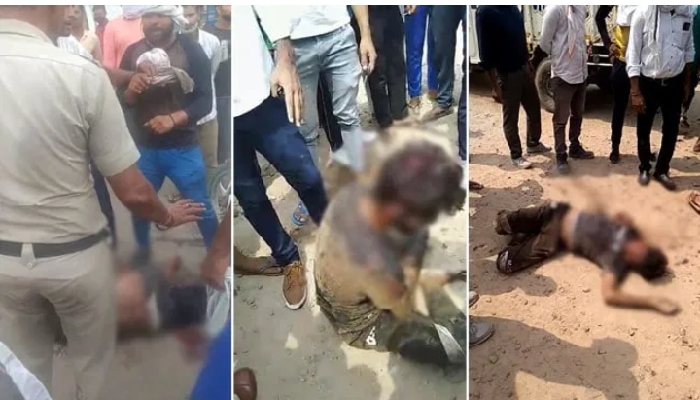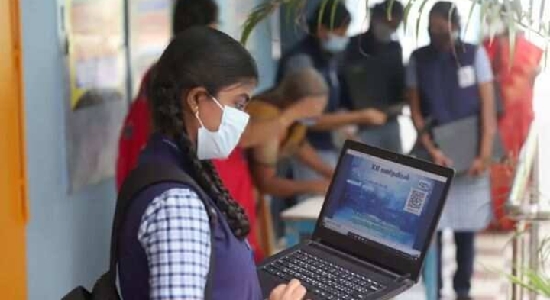With an "ambitious government undertaking comprehensive reforms", India has "enormous growth potential" compared to other emerging economies, the World Bank said today, as it projected country's growth rate to 7.3 per cent in 2018 and 7.5 for the next two years.
India, despite initial setbacks from demonetisation and Goods and Services Tax (GST), is estimated to have grown at 6.7 per cent in 2017, according to the 2018 Global Economics Prospect released by the World Bank here today.
"In all likelihood India is going to register higher growth rate than other major emerging market economies in the next decade. So, I wouldn't focus on the short-term numbers. I would look at the big picture for India and big picture is telling us that it has enormous potential," Ayhan Kose, Director, Development Prospects Group, World Bank, told news agency in an interview.
He said in comparison with China, which is slowing, the World Bank is expecting India to gradually accelerate.
"The growth numbers of the past three years were very healthy," Kose, author of the report, said.
In 2017, China grew at 6.8 per cent, 0.1 per cent more than that of India, while in 2018, its growth rate is projected at 6.4 per cent. And in the next two years, the country's growth rate will drop marginally to 6.3 and 6.2 per cent, respectively.
To materialise its potential, India, Kose said, needs to take steps to boost investment prospects.
There are measures underway to do in terms of non- performing loans and productivity, he said.
"On the productivity side, India has enormous potential with respect to secondary education completion rate. All in all, improved labor market reforms, education and health reforms as well as relaxing investment bottleneck will help improve India's prospects," Kose said.
Noting that India has a favourable demographic profile, he said it is rarely seen in other economies.
"In that context, improving female labour force participation rate is going to be important. Female labour force participation still remains low relative to other emerging market economies. Bringing force right now idle outside of the productive activities will make a huge difference," he said.
Reducing youth unemployment is critical, and pushing for private investment, where problems are already well-known like bank assets quality issues...If these are done, India can reach its potential easily and exceed, Kose asserted.
"In fact, we expect India to do better than its potential in 2018 and move forward," he said.
India's growth potential, he said, would be around 7 per cent for the next 10 years.
The Indian government is "very serious" with GST being a major turning point and banking recapitalisation programme is really important, Kose said.
"The Indian government has already recognise some of these problems and undertaking measures and willing to see the outcomes of these measures," he said.
"India is a very large economy. It has a huge potential. At the same time, it has its own challenges. This government is very much aware of these challenges and is showing just doing its best in terms of dealing with them," the World Bank official said.
The latest World Bank growth estimate for 2017 is 0.5 per cent, less than the previous projection, and 0.2 per cent less in the next two years.
"It is slightly lower than its previous forecast, primarily because India is undertaking major reforms," Kose said.
These reforms, of course, will bring certain policy uncertainty, he said, "but the big issue about India, when you look at India's growth potential and our numbers down the road 2019 and 2020, is that it is going to be the fastest growing large emerging market."
"India has an ambitious government undertaking comprehensive reforms. GST is a major reform to have harmonised taxes, is one nation one market one tax concept. Then, of course, the late 2016 demonetisation reform was there. The government is well aware of these short-term implications," Kose said.
He said there might have been some temporary disruptions but "all in all" the Indian economy has done well.
"The potential growth rate of the Indian economy is very healthy to 7 per cent. I think the growth is going to be at a high rate going forward," the World Bank official said.
The big question is whether Indian policymakers would, under the necessary reforms, push its potential growth up, Kose said.
"So far we have seen ambitious policy initiatives and implementation like GST. And we have all the reasons to expect this government to continue economic policies to create friendly environment for businesses and push its growth potential up," he said.
In a South Asia regional press release, the World Bank said India is estimated to grow 6.7 per cent in fiscal year 2017-18, slightly down from the 7.1 per cent of the previous fiscal year.
This is due in part to the effects of the introduction of the Goods and Services Tax, but also to protracted balance sheet weaknesses, including corporate debt burdens and non- performing loans in the banking sector, weighing down private investment, it said.







Comments
Add new comment